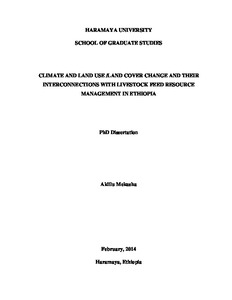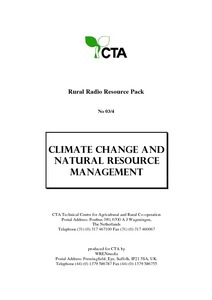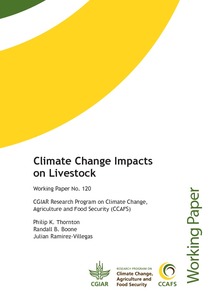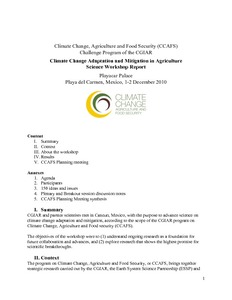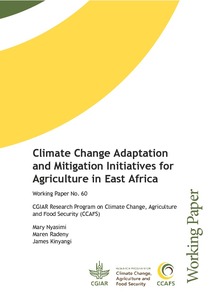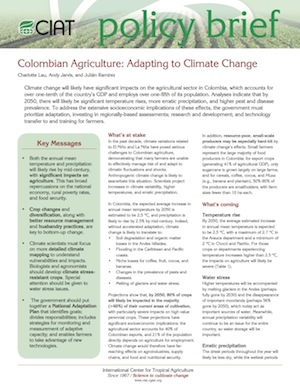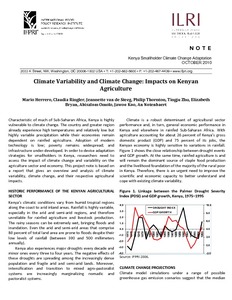Climate and land use land cover change and their interconnections with livestock feed resource management in Ethiopia
We assessed land use/ land cover changes from remotely sensed satellite imagery and compared this with households perceptions on availability/use of livestock feed resources and feed deficit management strategies since the 1973 in three districts representing the pastoral, agro-pastoral and mixed crop-livestock eco-environments of Ethiopia.

